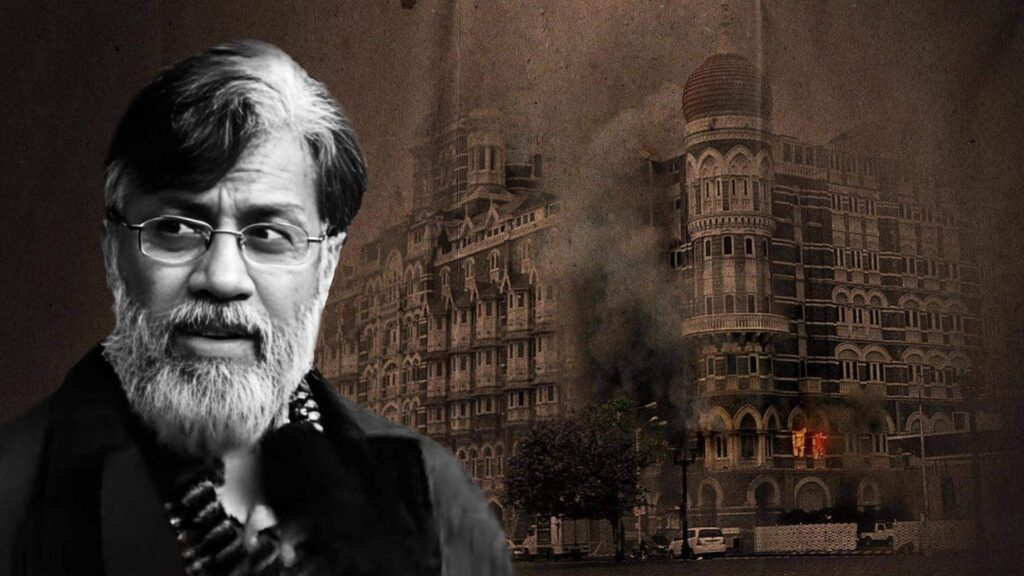
Explosive Confession Under Interrogation
Pakistani‑Canadian national Tahawwur Hussain Rana, who was extradited from the United States to India in April 2025, has now admitted his involvement in the 2008 Mumbai terror attacks during questioning by the National Investigation Agency (NIA). Through several rounds of interrogation in a high-security cell since June, Rana made startling revelations implicating himself as an agent of the Pakistani Army and the Inter‑Services Intelligence (ISI). He admitted conducting reconnaissance for the attacks and working alongside Lashkar‑e‑Taiba (LeT) operatives, calling it “operational espionage,” according to multiple investigative sources.
Military Doctor Turned Logistics Handler
Rana, who earned his MBBS from the Pakistan Army Medical College in 1986 and served as a captain in the army, admitted that he was deployed to Saudi Arabia during the Gulf War. He testified that his military background and uniform allowed him to gain access to training camps of LeT and coordinate with ISI officers. Investigators say he often met handlers like Major Iqbal and Sajid Mir, both associated with ISI, and that he received espionage training alongside David Coleman Headley.
Mumbai Presence and Reconnaissance Role
In a chilling admission, Rana confirmed he was in Mumbai during the actual attacks, posing as an immigration businessman, and conducted detailed surveillance of key targets. Among them was the Chhatrapati Shivaji Terminus, where photos and site surveys were prepared under the cover of his immigration consultancy. He acknowledged that he and David Headley travelled in India with fabricated credentials, setting up an immigration bias office in Mumbai as a logistical base masked under business expenses.
Pakistan Army and ISI Nexus
Perhaps the most significant revelation was his admission of direct coordination with the Pakistani Army and ISI. He declared himself a “trusted agent” working under their guidance, and said LeT functioned less as a militant outfit and more as an espionage network under state sponsorship. Rana’s testimony links the planning and execution of 26/11 directly to army and intelligence handlers in Pakistan, offering new evidence of state‑level involvement in the Mumbai siege.
Training Camps and Radical Networks
Rana disclosed his involvement in multiple training sessions inside Pakistan, working closely with LeT and the Harkat‑ul‑Jihad al‑Islami (HuJI) 313 Brigade. He stated that these camps were overseen by ISI officers and aimed at equipping operatives for cross-border operations. Intelligence agencies claim his logistics support extended beyond Headley to several other militants targeting “high-value locations” across India.
Complex Web of Strategy and Secrecy
Rana’s statements confirmed an intricate operational framework: agents deployed for reconnaissance (like himself and Headley), handlers embedded within ISI, and a communications network using coded emails. Headley has previously pointed to Major Iqbal as a central figure in this command chain. Rana also spoke of an elite cell structure using isolation to avoid detection, with over 40 possible targets surveyed, ranging from army cantonments to the Chabad House, temples, and media headquarters.
Legal and Diplomatic Developments
The U.S. Supreme Court officially denied Rana’s bid to block extradition in January 2025, a move that Delhi’s public prosecutor hailed as a critical opportunity to expose ISI involvement. After his arrival in India on April 10, judicial custody was extended multiple times. Solicitor General Tushar Mehta now heads a high-powered team of special prosecutors preparing for trial. Their task: translating Rana’s confessions into legally admissible evidence in a NIA chargesheet expected soon.
Pakistan’s Official Response
Pakistan’s government responded with a measured distancing strategy, emphasizing that Rana has not renewed Pakistani identity documents in over two decades and that he holds Canadian nationality. Nonetheless, behind closed doors, officials express concern that Rana’s testimony could directly implicate Pakistani military and intelligence institutions.
Historical Pattern and Global Reaction
Rana’s admission fits a pattern of intelligence-based complicity in the 2008 plots. David Headley, Ajmal Kasab, and others had previously pointed to ISI involvement, but Rana’s military background adds a new layer of credibility. Analysts warn that this could reignite cross-border tensions and impact Pakistan’s global standing, especially as India pushes dossiers to the UN, FATF, and Interpol.
Closing the 17‑Year Circle
Almost 17 years after the massacre that claimed at least 166 lives and injured hundreds more, Rana’s testimony may be the most damning confirmation yet of state-sponsored terrorism orchestrated with military precision. His statements corroborate earlier intelligence from Headley and add substantial weight to India’s long‑standing claim that the attacks were not only facilitated by militants but orchestrated by elements of the Pakistani establishment.
What Lies Ahead
The NIA is expected to formalize Rana’s arrest by the Mumbai Crime Branch, converting his disclosures into a robust chargesheet. Courtrooms in Delhi and Mumbai now await a legal battle where Rana’s confessions, digital evidence, and handler sketches may unearth the full scale of the conspiracy. Meanwhile, Pakistan faces growing international scrutiny, and diplomatic channels are bracing for fallout over potential accountability demands.
In the coming months, Rana’s trial is likely to be a watershed moment. It could offer closure to victims and a detailed account of how deep the roots of 26/11 extend within Pakistan’s military-intelligence complex. As legal and diplomatic mechanisms unfold, the world watches to see whether justice prevails, and whether the shadow of state-backed terror will finally be brought to light.








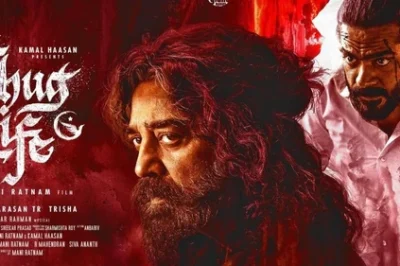






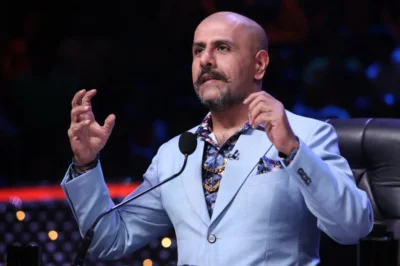

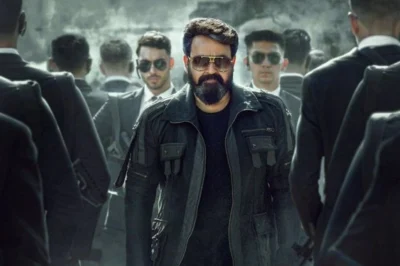

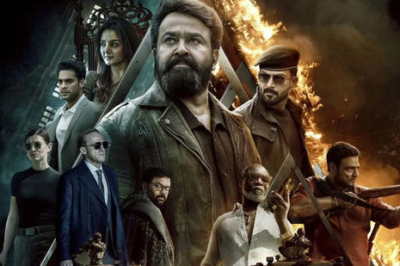

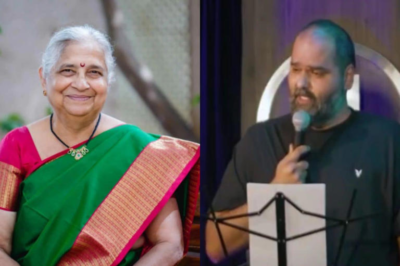
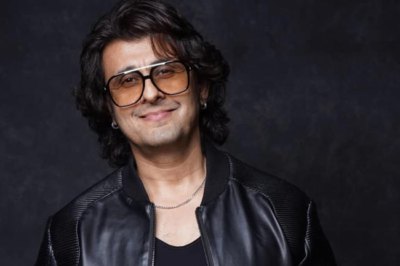


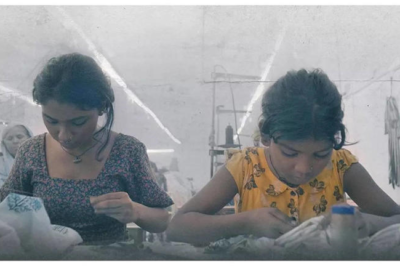
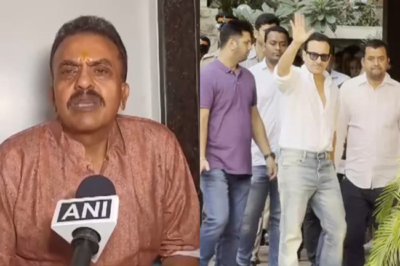
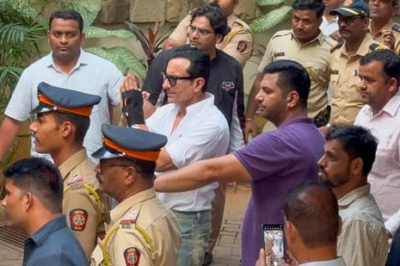



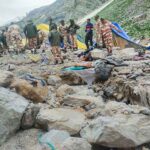




Leave a Reply